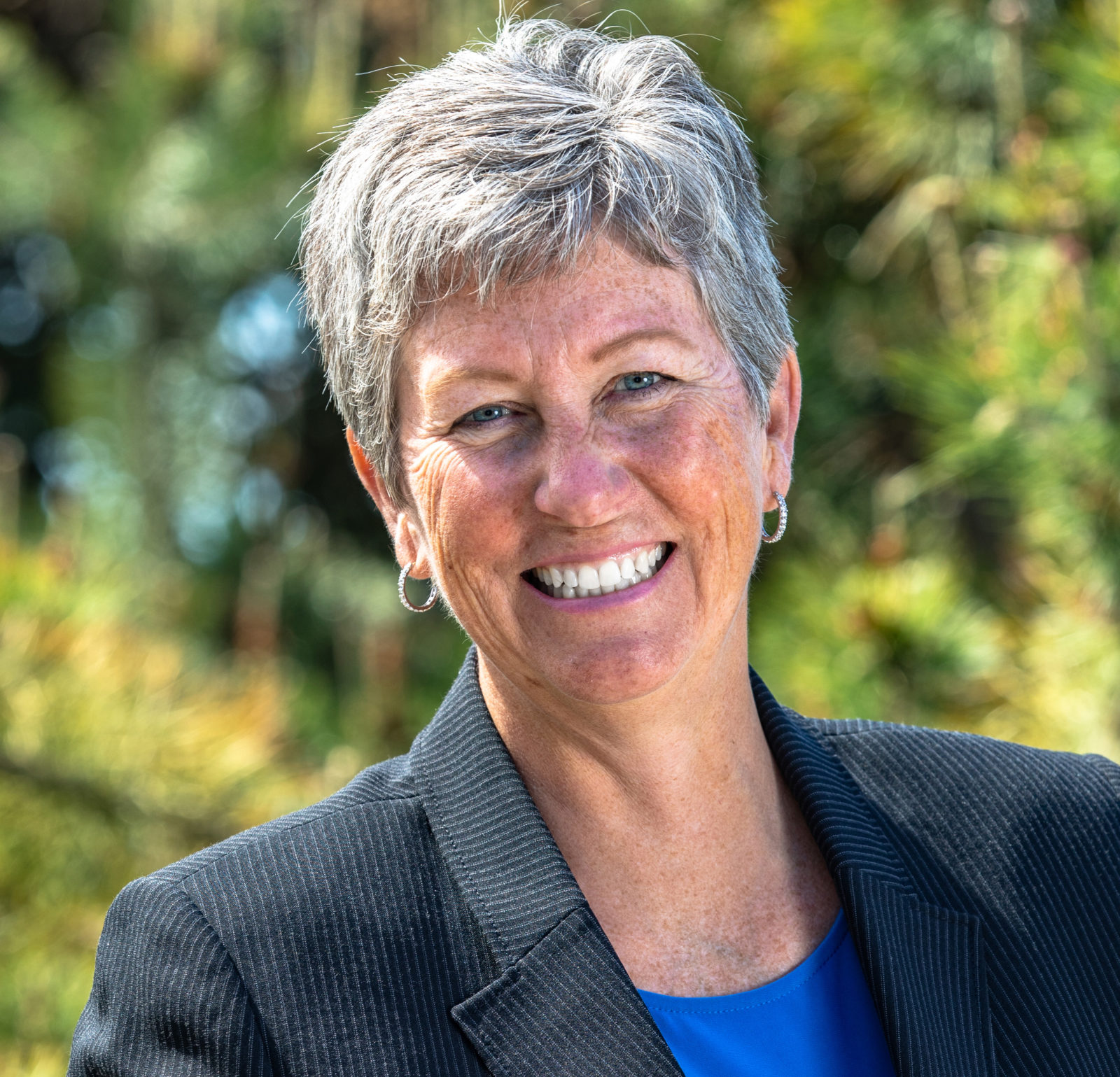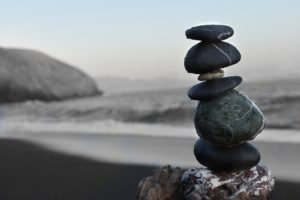
America’s national parks are often imagined as faraway destinations for special vacations. We’ve set aside places like Grand Canyon, Yosemite, and Yellowstone as getaways unrivaled in majesty and glory. I worked in many of these parks during my 12 years with the National Park Service and have often reflected on President Franklin Roosevelt’s reminder that the fundamental idea behind national parks is “the enrichment of the lives of all of us.”
Here in the Bay Area, the Golden Gate National Recreation Area (GGNRA) spans close to 84,000 acres, preserving nationally significant cultural history and making up part of the Golden Gate Biosphere reserve, which includes vital marine, coastal, and upland resources. The GGNRA is the nation’s most-visited national park, right here in our own backyard. The parks are open to everyone, but do all our neighbors feel welcome, comfortable, and interested enough to visit, as Roosevelt urged? The abundant natural beauty surrounding us is also backdrop to some of the highest levels of income inequality in the country.
Can parks help serve civic needs and be catalysts for social change? I believe parks can be places for education and literacy programming, health and wellness activities, and youth leadership programs. If national parks are, to paraphrase writer Wallace Stegner, America’s “best idea,” I want everyone—especially people who may live across town from our national parklands—to have equal access to, feel at home in, and enjoy the benefits of being out in nature.
That’s why I’ve made inclusion of the Bay Area’s more than seven million residents a focus of my new role as president and CEO of the Golden Gate National Parks Conservancy. As the nonprofit partner of the National Park Service (NPS) at the GGNRA, the Parks Conservancy is uniquely positioned to support the park’s inclusion efforts. That means doing more than opening parks to the public. In addition, it is our responsibility to understand that experiences in nature vary across cultures and to help people and communities overcome hurdles to visiting the parks.
A 2015 visitor study at Crissy Field found an interesting disparity: 78 percent of multicultural respondents found the park “welcoming,” but only 21 percent perceived the park as “theirs.” For those who didn’t feel ownership, the biggest barriers were lack of transportation to the parks, lack of programming oriented toward their cultural background, and insufficient representation. A full half of respondents said seeing more people like themselves in the parks would significantly boost their sense of belonging in the parks.
We’ve found thoughtful community partnerships can often help break down such barriers. Since 2016, the Parks Conservancy, Presidio Trust, and NPS have been working with the San Francisco Public Library to bring people to parks, and parks to people, during the library’s Summer Stride program. Over the summer, park rangers traveled to library branches in Visitacion Valley, Excelsior, Chinatown, and other locations for “National Parks in your neighborhood” events that featured stories, songs, and show-and-tell.
The library partnership’s centerpiece is free shuttle bus service from library branches to Alcatraz, Muir Woods, and other park sites. Last year, shuttle riders from San Francisco’s Bayview branch also visited Alcatraz and learned about the history of the prison and the 1969 Indian occupation, along with the natural history of the island’s tidepools, gardens, and birds. The shuttles were so popular we had waiting lists, so we’ve expanded the shuttle service from summer to year-round to serve more people.
We created ParkRx in 2008 to build on the Healthy Parks Healthy People discussion, in which doctors encourage their patients to spend time in nature, with the goal of improving their health and well-being. We brought informational resources and toolkits for creating and explaining the benefits of such programs to health care providers, payers, and park leaders across the country.
In 2010, only eight ParkRx programs existed nationwide; now there are 87 in 32 states. These programs are gaining popularity because they are helping people. Here in the Bay Area, we partner with the San Francisco VA to bring veterans to our parks through our W.A.R.I.O.R. (Wellness and Reintegration Incorporating Outdoor Recreation) program.
Other programs are similarly catching on. Our youth programs serve nearly 20,000 young people each year, attracting so many that we hope to at least double that number, with the help of the Presidio Tunnel Tops green space opening in 2021.
The agencies and organizations behind our parks are only some of its stewards. Ultimately each of us has a role in caring for our public lands. Perhaps you were raised in the tradition of visiting national parks. You may remember family trips to parks across the country. However, many of our neighbors are first-generation visitors to national parks. Maybe you can help a family start a new tradition. It only takes one experience to start a chain of other experiences, widening the circle of people connected to their parks.
We need to support all our neighbors. I believe everyone should have the opportunity to build familiarity with nature and gain the confidence to get into the outdoors. This is the spirit of the Parks Conservancy: Parks for All Forever. I ask you to share in that spirit and pass it along.




